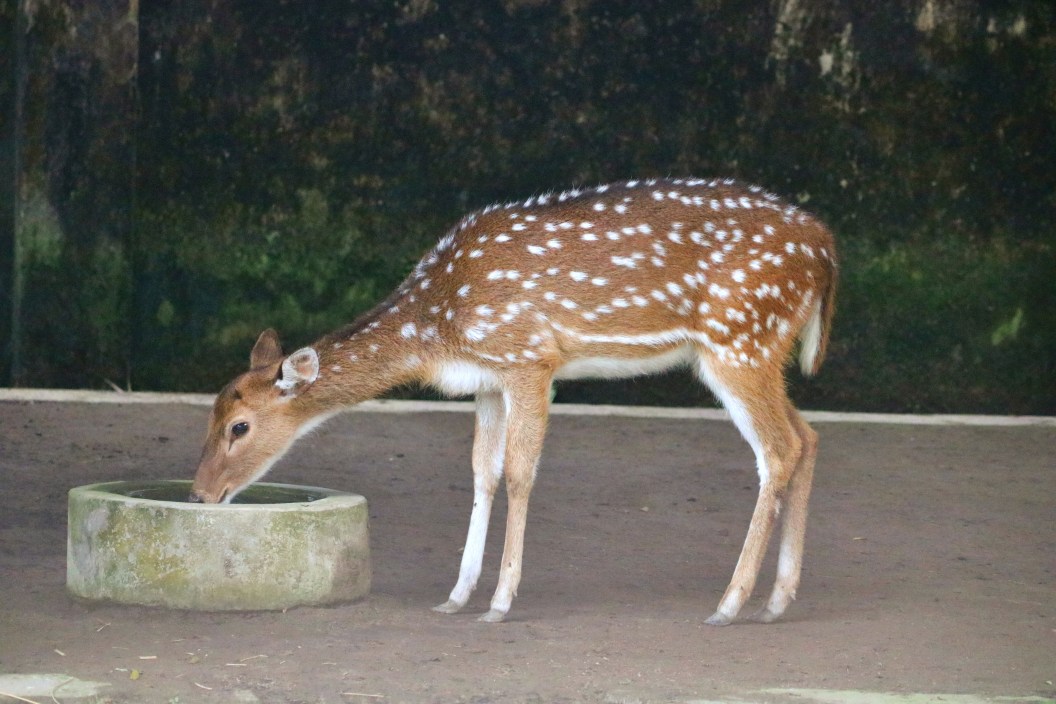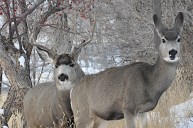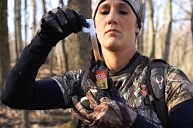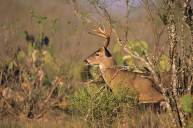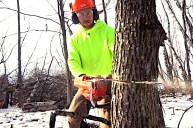If you haven't had luck attracting deer to your property despite planting fruit trees, adding shrubs and vines, and building bedding cover, we know just the puzzle piece you're missing.
Similar to humans, deer need three essential elements to thrive: food, shelter, and water.
This general rule for creating an ideal habitat for deer may seem elementary, but all three elements are important. Plenty of hunting properties may have two of those, but if you lack the third, your property will stay ho-hum instead of attractive.
When deer hunting properties don't deliver good results, it is usually because the property is missing the water element. Most hunters have the food and shelter down already. Maybe you have multiple food plots on your property or you're in a location with easy access to a big ag field. Maybe you've been hinge cutting trees to create some thick undergrowth that is great for deer to feel safe and hidden. But if you don't have any creeks or ponds on your property, how is it possible for there to be water?
It would be a big mistake to just throw up your hands and try to make do without one. Providing a source of water where one is lacking can be a great way to attract and hold deer.
We've got a plan to help you construct a DIY watering hole.
1. Location Is Key
Location is the key factor to consider when creating a water hole. Don't just plunk one down anywhere and call it good. It is not about convenience; it is about optimal positioning. Do some scouting and consider already-established travel routes on the property.
Deer typically will not veer too far out of their way for water, so pick a spot that is close to bedding areas without being so close that you disturb the deer when you visit it. A little bit of cover to help the deer feel safe using it doesn't hurt either.
A good place to put a watering hole is directly between bedding and a primary food source. If you're hunting a mature buck that only seems to come into your food plots just after legal shooting light, this can be a great way to cut him off while it's still light out. During the rut, the bucks will hit watering holes more frequently throughout the day because dehydration occurs from constant cruising.
2. Think About the Hunt
Look around a potential watering hole location. If hunting deer around the watering hole is the main goal, there needs to be a plan for how to hunt it. Is there adequate cover to hang a stand or place a blind? Consider enter and exit strategies.
Hang a trail camera by the water hole to monitor deer activity and see what the patterns are while it is being used. Deer often congregate around watering holes in the evening before they hit the primary food sources.
Many deer hunters swear that tiny, stagnant pools seem to draw more deer than a clear spring or creek with running water. The theory on this is that deer can hear danger better while drinking from these quiet pools than somewhere where the water is rushing and making lots of noise.
Note that, in terms of deer hunting, there can be too much water on a property. If there are too many water holes in an area, it can be difficult to predict which one will attract the deer. The sweet spot is one water hole per every 50 acres, which can vary depending on the size of your deer herd and climate.
3. Setting Up the Watering Hole: Place, Boost, Fill
The actual setup for a deer watering hole can be very simple.
Many hunters construct water holes using some sort of commercial container, such as a 50-to-100-gallon livestock tank. Others simply use a kids plastic wading pool or something similar. It can either be set it directly on the ground or partially buried to make it blend in a little. Placing rocks around the pool, or otherwise making it blend into its natural surroundings, is helpful.
Some hunters cover the bottom with a layer of soil to give it a more natural taste and potentially deliver some natural mineral benefits. Another option is a commercial whitetail mineral specifically designed for adding to water holes. This provides deer an extra nutrient boost, especially during summer months when water is scarce. Make sure you check your local hunting regulations for legality before using.
Once the initial fill-up is complete, you may or may not have to top it off later. That simply depends on how much rain fills it up. The rule of thumb is the less you can visit the watering hole yourself, the better, because you want the deer to feel comfortable visiting it.
